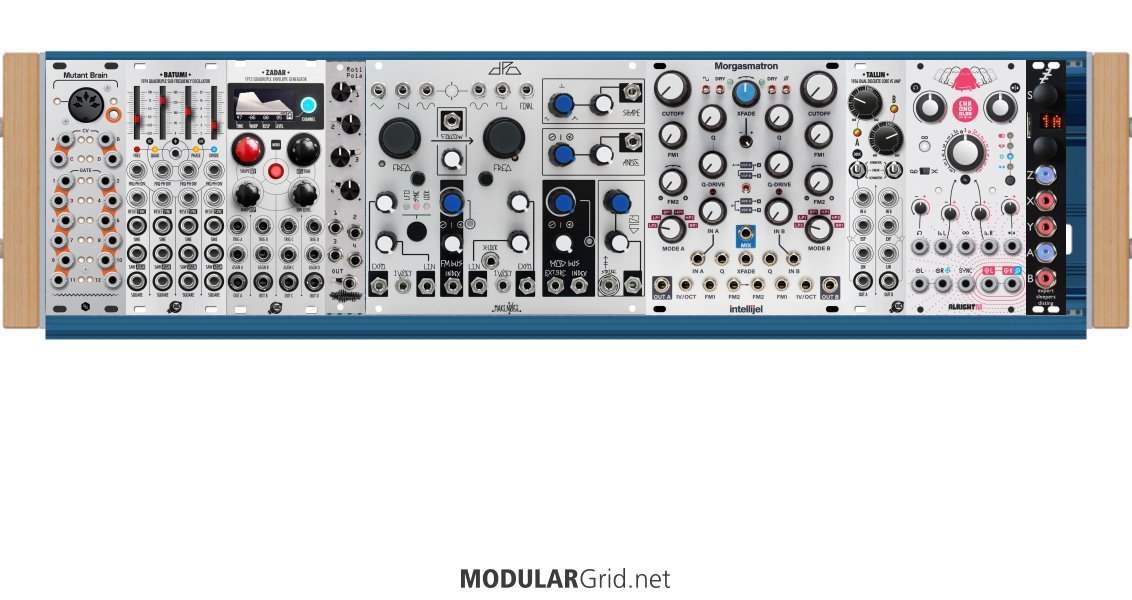There is no standard path for your journey into Eurorack... only an entry point.
Here's some of what I discovered:
Buy a case that's much larger than you think you'll need. Shelling out cash for a case isn't a lot of fun. It doesn't make any noise. But having a case that will grow with you will save you a lot of grief in the long term. There are some really nice, albeit larger modules that you might want along the way. Finding space for them can be challenging in a smaller case. Your larger case should hold on to most of its value if you decide Eurorack isn't for you.
Piecing together your first system as you are learning is very, VERY challenging. If you miss out on key pieces and your case is too small, you won't be able to do all that much with your system. On the flip-side, you may want to start out with a preconfigured system. The Roland System 500 is pretty tasty. Pittsburgh Modular, Doepfer, Make Noise, etc. all make starter systems that are complete (relatively). That's always an option and you can just add a second case for auxillary modules. Confused yet? :)
My personal strategy: I put together a system with two oscillators, a two channel multimode filter, four VCAs, a quad LFO, and some mixers/attenuverters. I also added a delay, reverb, and a line to synth level input/output. A MIDI to CV converter and I was ready to hook up to my DAW for some fun. From there, I added a few multifunctional modules like a Disting Mk4, Ornaments & Crime, Temps Utile, etc. The multifunction modules allowed me experiment a lot with my system. If I used a function over and over then I'd consider getting a dedicated module for that purpose.
Don't forget about CV controllable FX. Dry sounds aren't very inspiring for the most part. A simple "bloop" with some delay and reverb can go very far verses a complex sound that's bone dry.
Okay... I've kind of meandered... but I'm still on my journey. I've already expanded into my second 208HP case and it's almost full. Go slow with adding more modules and try stuff. Watching Youtubers use the modules you've bought is great inspiration for creative patches you may not have thought of.

